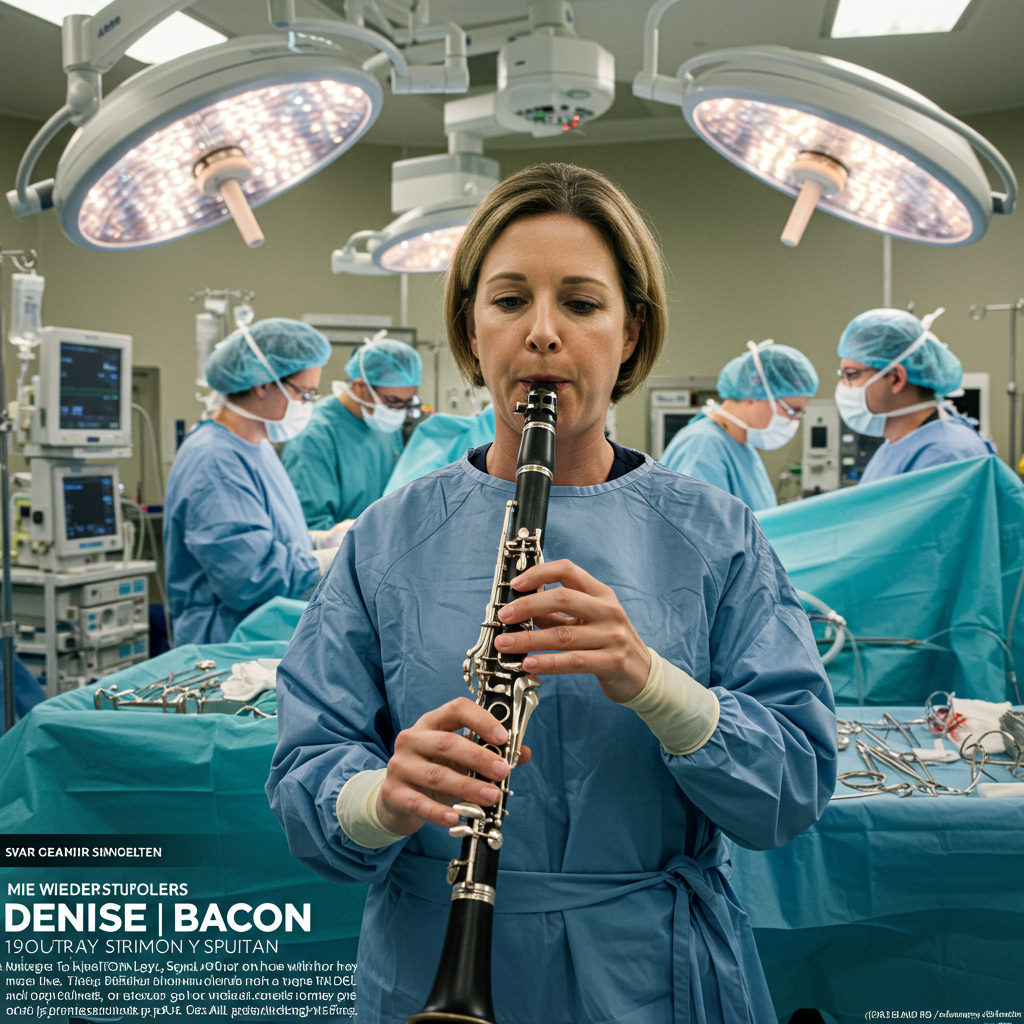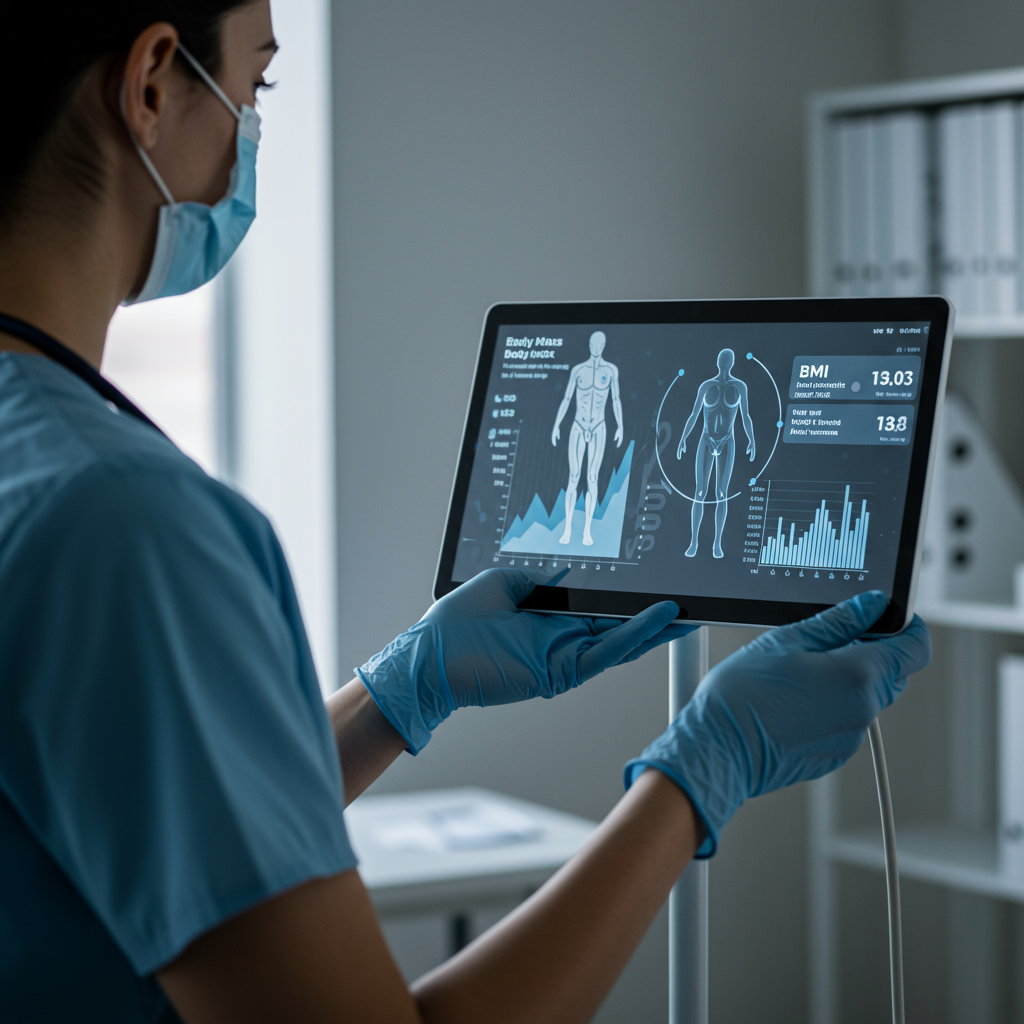Imagine playing a musical instrument during your own brain surgery. For Denise Bacon, a 65-year-old Parkinson’s patient, this became a remarkable reality. Her incredible journey highlights the transformative power of Deep Brain Stimulation (DBS) and the courage of those battling neurological conditions. This groundbreaking procedure at London’s King’s College Hospital offers profound hope for improved motor control and a significantly enhanced quality of life.
A Life Interrupted: Denise Bacon’s Parkinson’s Journey
Denise Bacon, a retired speech and language therapist from Crowborough in East Sussex, received a Parkinson’s disease diagnosis in 2014. This progressive neurological condition gradually impacted her daily activities. Parkinson’s manifests with symptoms like tremor, muscle rigidity, and slowness of movement. For Denise, it meant facing increasing difficulty with simple tasks.
She found her ability to walk, swim, and dance severely compromised. Critically, her passion for playing the clarinet, an instrument she loved, became impossible. After years of playing with the East Grinstead Concert Band, she had to stop five years prior. Her once effortless finger movements were now stiff and uncooperative.
Understanding Deep Brain Stimulation (DBS) for Parkinson’s
Deep Brain Stimulation (DBS) is an established surgical treatment for specific patients with Parkinson’s disease. It’s often considered when medication alone no longer effectively controls severe motor symptoms. While DBS doesn’t cure Parkinson’s, it can significantly alleviate its debilitating effects. The procedure involves implanting electrodes into targeted areas of the brain. These electrodes deliver continuous electrical impulses. These impulses help regulate abnormal brain activity associated with movement disorders.
Denise’s severe slowness of movement and muscle stiffness made her an ideal candidate for this advanced intervention. The prospect of regaining control over her body, especially her beloved musical talent, offered a beacon of hope.
The Operating Room: A Stage for Medical Innovation
The four-hour DBS operation took place at King’s College Hospital in London. Professor Keyoumars Ashkan, a renowned professor of neurosurgery, led the surgical team. During the complex procedure, Denise Bacon remained fully awake. Doctors administered only a local anaesthetic to numb her scalp and skull. This crucial decision allowed for real-time patient feedback.
Professor Ashkan utilized a specialized frame. This frame acted like a “sat nav” to guide the surgical team. It directed them to the precise coordinates for electrode implantation. They carefully made holes in her skull, approximately half the size of a five pence piece. This meticulous precision is vital for the success of DBS.
The Clarinet’s Critical Role in Precision Surgery
What made Denise’s surgery truly extraordinary was her active participation. She played her clarinet continuously during the operation. This wasn’t merely a demonstration of courage. It was a critical component of the surgical technique. Professor Ashkan explained that her playing helped “fine tune the position of the electrodes deep inside her brain.”
As electrical stimulation began, the surgical team watched closely. They adjusted the electrode placement until Denise could play her instrument effectively. This real-time, instantaneous feedback was invaluable. It ensured optimal electrode positioning for maximum therapeutic benefit. This unique approach underscores the personalized nature of modern neurosurgery.
An Instantaneous Transformation: “Better and Faster”
The results were nothing short of miraculous for Denise. As the electrical current was delivered to her brain, she experienced an immediate improvement. She recalled her right hand moving with “much more ease.” This directly enhanced her ability to play the clarinet. Her fingers, once stiff, moved “better and faster.”
Denise herself expressed profound joy and amazement. “It was just amazing to see and feel,” she told the BBC. This immediate restoration of fine motor control during surgery confirmed the success of the procedure. It highlighted the powerful potential of DBS to bring tangible, instant relief.
Beyond the Operating Table: A Renewed Life Awaits
Following the successful operation, a pacemaker-like pulse generator was implanted in Denise’s chest. This device connects to the brain electrodes. It delivers a continuous electrical current. The battery for this generator is remarkably long-lasting, expected to function for up to 20 years before needing replacement. This ensures long-term symptom management.
Denise is already experiencing improvements in her walking ability. She holds optimistic hopes for regaining her previous capacities. She eagerly anticipates returning to the swimming pool and the dance floor. She looks forward to rejoining her East Grinstead Concert Band. Her story serves as a powerful testament to renewed possibilities. It offers hope for countless others facing similar neurological challenges.
The Science of DBS: Modifying Cognitive Activity
Deep Brain Stimulation works by delivering precisely timed electrical pulses to specific brain regions. These regions are often overactive or underactive in Parkinson’s disease. The electrical stimulation helps to normalize this aberrant neural activity. This modification of cognitive and motor pathways reduces symptoms like tremor, rigidity, and bradykinesia (slowness of movement).
The ability to adjust the stimulation continuously provides immense flexibility. It allows doctors to fine-tune the treatment to individual patient needs. This adaptive approach maximizes therapeutic outcomes. DBS represents a significant advancement in treating movement disorders. It offers a tangible pathway to reclaiming lost functions.
The Future of Parkinson’s Treatment and Patient Empowerment
Denise Bacon’s case vividly demonstrates the critical role of patient involvement in surgical success. Her participation provided invaluable real-time data. This highlights a growing trend in personalized medicine and patient empowerment. As advancements in neurosurgery continue, such interactive procedures may become more common. This empowers patients to actively contribute to their treatment outcomes.
This story also shines a light on the ongoing research and development in neurological care. It inspires hope for new breakthroughs. These innovations aim to offer even greater relief and improved quality of life for individuals with Parkinson’s and other complex neurological conditions. The integration of technology with human resilience paints a promising future.
Frequently Asked Questions
What is Deep Brain Stimulation (DBS) for Parkinson’s disease?
Deep Brain Stimulation (DBS) is a surgical procedure for certain Parkinson’s patients whose motor symptoms are no longer adequately controlled by medication. It involves implanting electrodes into specific brain areas, which are then connected to a pulse generator in the chest. This device delivers continuous electrical impulses to regulate abnormal brain activity, effectively reducing symptoms like tremor, rigidity, and slowness of movement. While it doesn’t cure Parkinson’s, DBS can significantly improve a patient’s quality of life by restoring motor control.
Where can patients like Denise Bacon receive DBS surgery in the UK?
Deep Brain Stimulation surgery is performed in specialized neurological centers across the UK. Denise Bacon underwent her procedure at King’s College Hospital in London, a leading institution for neurosurgery. Patients interested in DBS should consult with their neurologist to determine if they are suitable candidates. They can then be referred to a hospital with expertise in movement disorders and DBS procedures, such as King’s College Hospital, among others.
What are the potential benefits of Deep Brain Stimulation for Parkinson’s?
DBS offers significant benefits for eligible Parkinson’s patients, primarily focused on alleviating debilitating motor symptoms. As seen in Denise Bacon’s case, benefits can include immediate improvements in fine motor control, reduced tremor, less muscle rigidity, and increased ease of movement. This can lead to a substantial enhancement in a patient’s ability to perform daily activities, engage in hobbies, and experience an overall better quality of life. The effects are often long-lasting, with devices designed for years of continuous treatment.
Conclusion
Denise Bacon’s incredible experience playing the clarinet during her Parkinson’s brain surgery is more than just a medical marvel. It is a profound testament to human spirit and the relentless pursuit of medical innovation. Her story offers a powerful message of hope and renewed possibilities for individuals living with Parkinson’s disease. The success of her Deep Brain Stimulation procedure at King’s College Hospital underscores the life-changing potential of advanced neurological treatments. This breakthrough paves the way for a future where patient participation and cutting-edge technology empower individuals to reclaim their lives from debilitating conditions.



